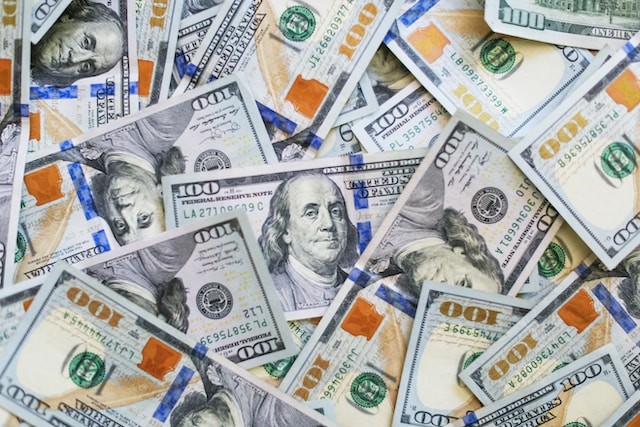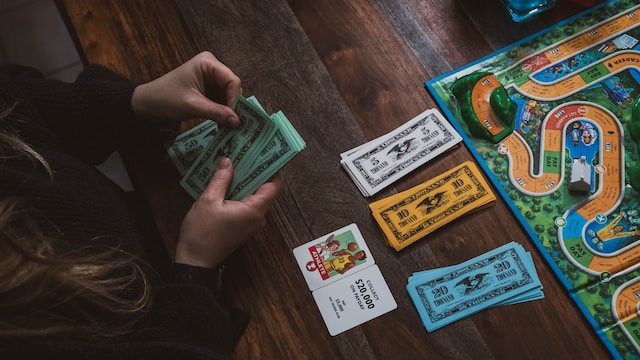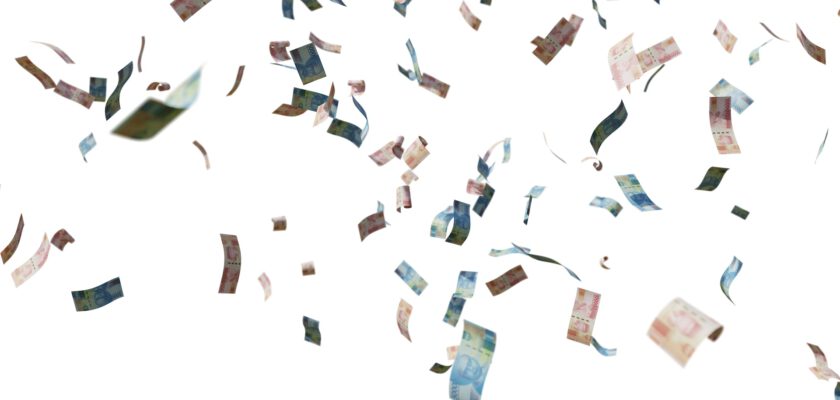Fake money is specially created counterfeit money that is used in various fields such as the film industry, theater, education and collecting.
They serve to create realistic scenes and educational materials without any cost or legal value.
History of fake money
Prop money has a long history of use in various fields of art. They first appeared in the film industry at the beginning of the 20th century, when realism was required in scenes with money. Initially, this money was made by hand, but with the development of technology and production, better and more realistic options began to appear.
Use of fake money in the film industry
Prop money is widely used in the film industry to create scenes involving large amounts of money, negotiations for bribes, or robberies. Movie money help create the illusion of real money without putting real money at risk and keeping cast and crew safe.

Photo by Giorgio Trovato on Unsplash
The role of fake money in the theater
In theatrical productions, fake money plays an important role in creating atmosphere and additional details. They can be used in scenes where it is necessary to convey a scene of payment, trade or deception. Fake money allows actors to interact with it without putting real money at risk.
Popularity of fake money among collectors
Fake euro banknotes is also popular among collectors. Some people are interested in collecting various types of counterfeit money, including fake money. They are valued as objects of art and interesting objects with historical context.

Photo by 2H Media on Unsplash
Development of fake money in contemporary art
With the advent of new technologies, art has become more experimental, and paper money is no exception. Artists use counterfeit money to create unique and provocative works of art, sparking discussions about money, consumerism and values.
